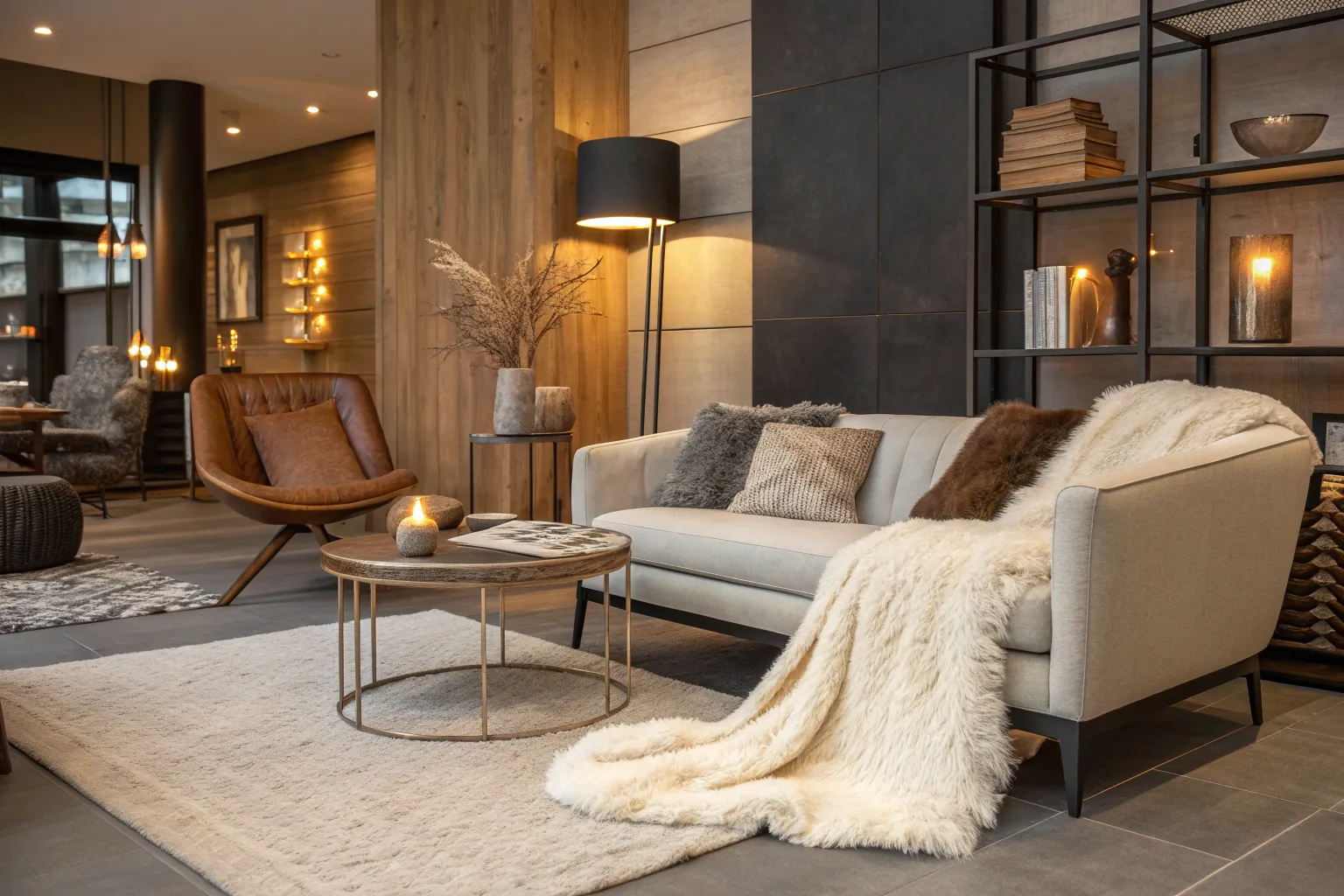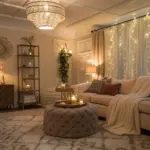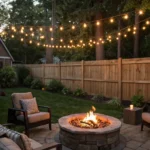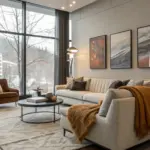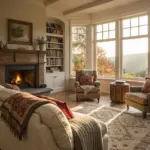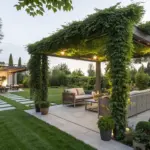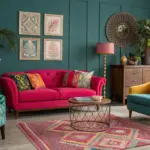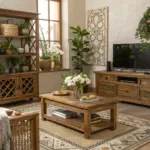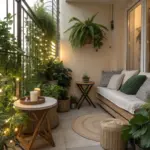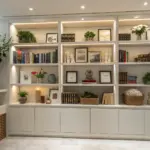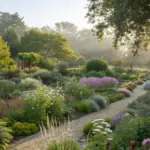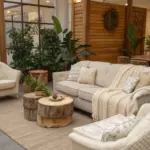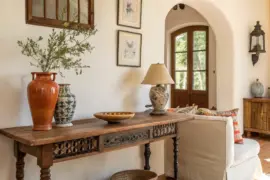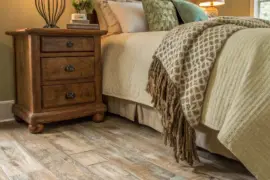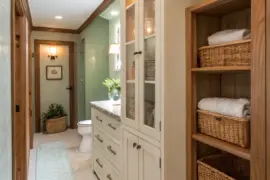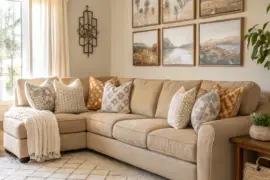After years of color-driven design trends, I’ve watched a profound shift unfold in contemporary interiors. Texture is emerging as the dominant force, replacing color as the primary tool for creating depth, emotion, and visual interest in modern spaces.
The Rise of Textural Design
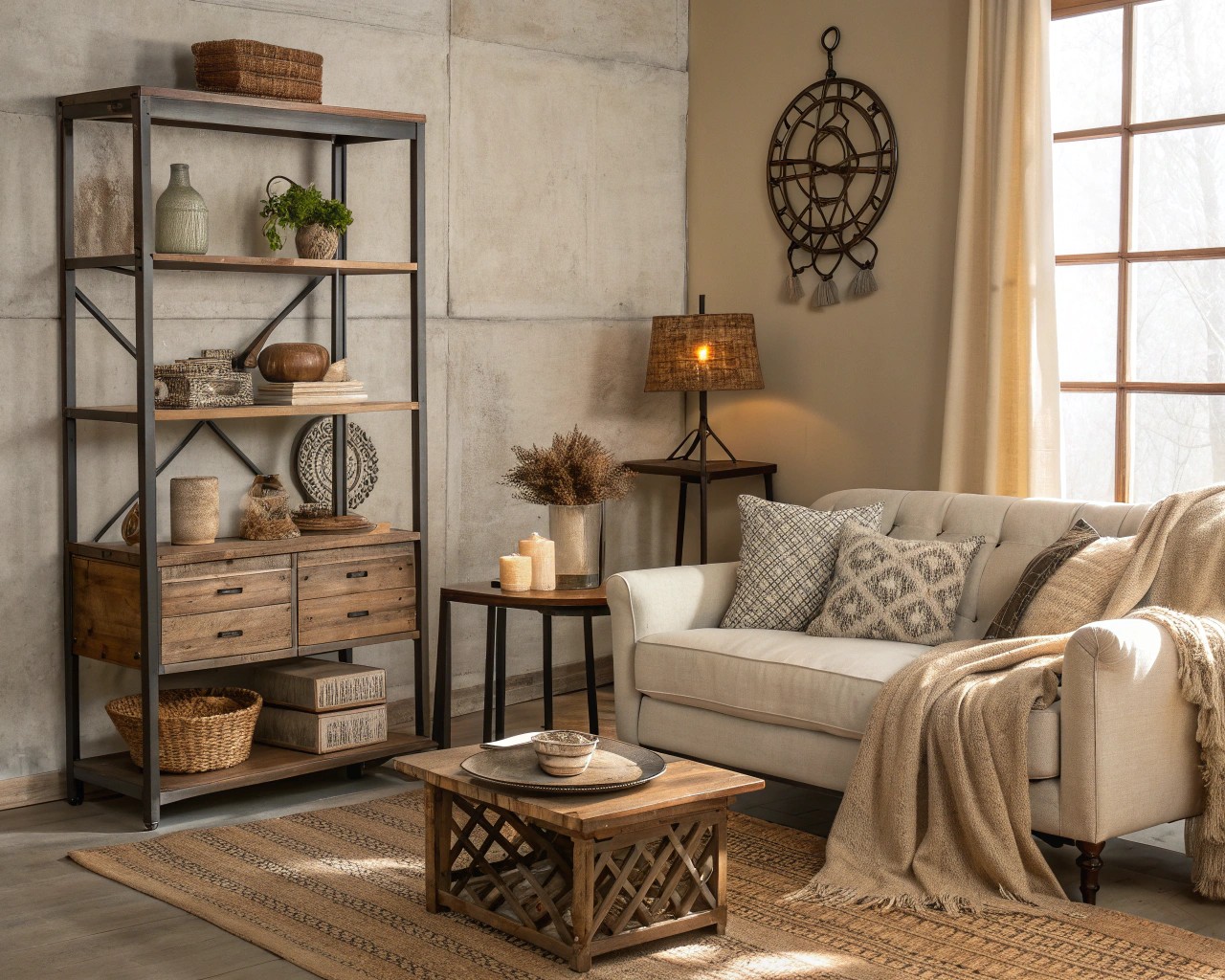
The shift toward texture-forward interiors represents more than a fleeting trend—it’s a fundamental change in how we experience space. While the 2010s emphasized bold paint colors and jewel-toned accent walls, 2025’s most compelling interiors rely on material drenching and layered textures to create atmosphere.
This transformation stems from our collective desire for spaces that feel authentic and lived-in rather than styled. As noted by Los Angeles designer Jake Arnold, who coined the term “material drenching,” this approach involves enveloping entire rooms in single materials—whether wood, plaster, linen, or stone—creating cohesive environments that invite touch and encourage lingering.
The Science Behind Tactile Appeal
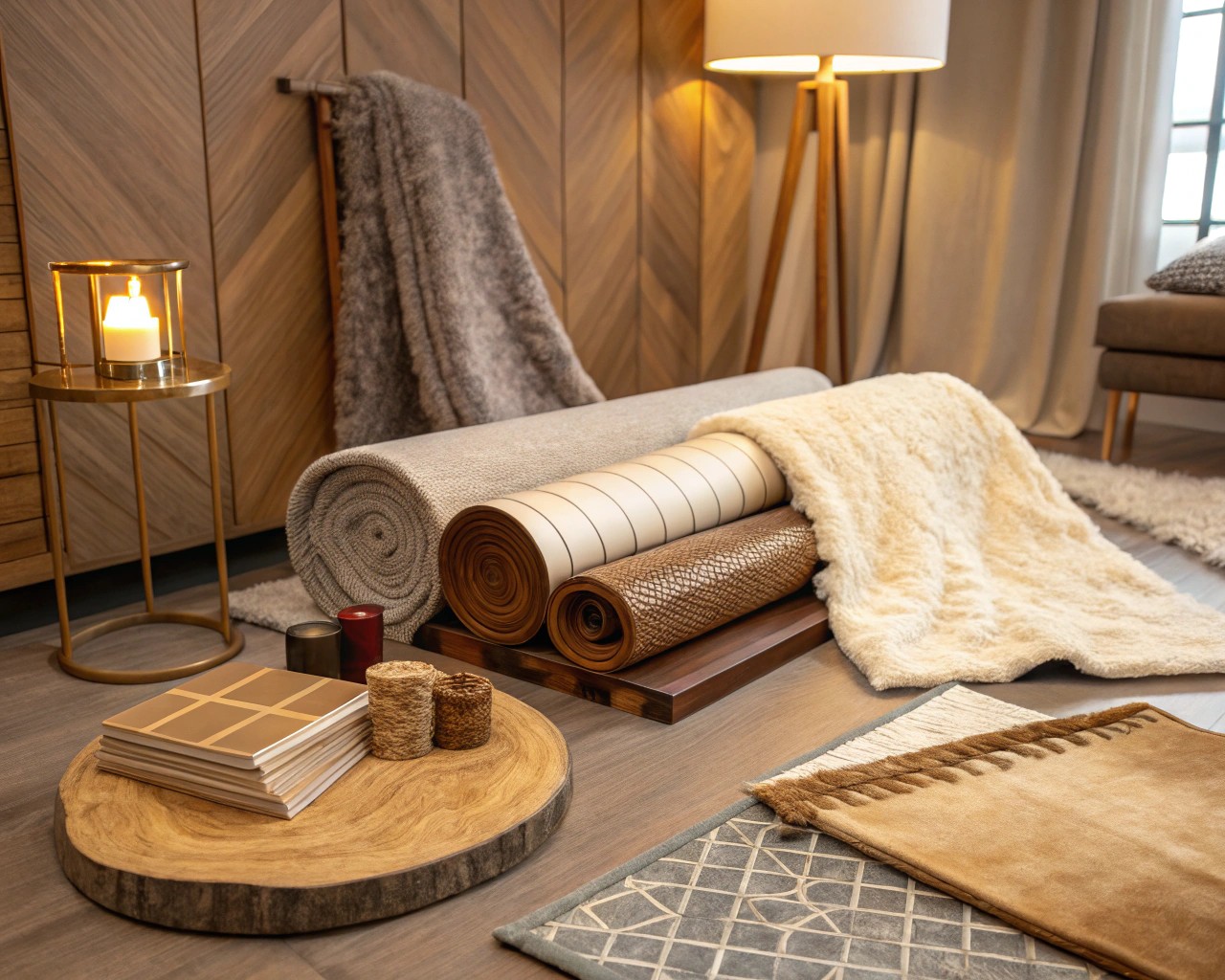
Research in environmental psychology reveals that texture directly influences our emotional response to spaces. Our brains process textural information both visually and through tactile memory, creating immediate associations with comfort, luxury, or energy. Smooth surfaces reflect light and feel formal, while rough textures absorb light and promote relaxation.
This psychological response explains why textured walls have become a cornerstone of contemporary design. Venetian plaster and Moroccan tadelakt, once confined to bathrooms, now appear throughout homes, creating surfaces that change throughout the day as light shifts across their undulating forms.
Understanding Texture Types and Applications
Modern interior texture falls into five primary categories, each serving distinct psychological and aesthetic functions:
Natural Textures
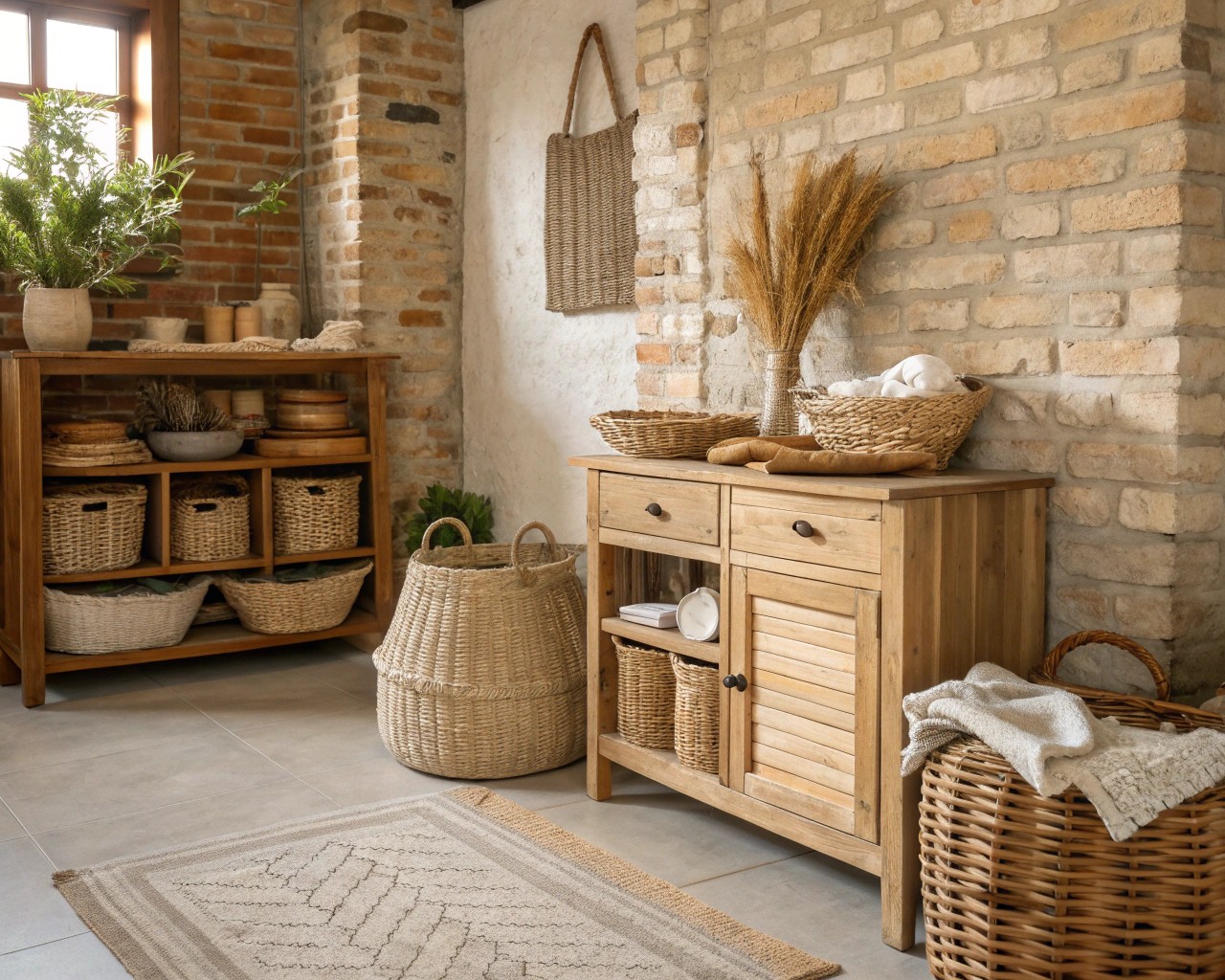
Raw wood grain, natural stone, and woven materials create immediate connections to nature. These organic elements add warmth and authenticity while supporting biophilic design principles that enhance wellbeing.
Implementation tip: Choose materials with visible grain patterns and natural imperfections. Live-edge wood tables, honed marble countertops, and jute rugs provide textural interest without requiring bold colors.
Soft Textures

Velvet upholstery, bouclé chairs, and wool throws create comfort zones within spaces. These materials invite touch and promote relaxation through their tactile properties.
Hard Textures
Polished concrete, brushed metals, and ceramic tiles provide structural contrast and reflect light effectively. When balanced with softer elements, they prevent spaces from feeling monotonous.
Reflective Textures
Lacquered surfaces, mirrors, and glazed ceramics bounce light throughout rooms, creating brightness and visual expansion. These materials work particularly well in smaller spaces.
Organic Textures
Hand-thrown ceramics, woven baskets, and irregularly shaped accessories bring personality and craft quality to interiors. These elements tell stories and create focal points without relying on color contrast.
The Material Drenching Technique
Material drenching represents the most sophisticated application of texture-forward design. This technique involves surrounding occupants with a single material or family of materials to create immersive sensory experiences.
Application Methods
Start with architectural elements: Begin with the largest surfaces—walls, ceilings, or floors—then extend the chosen material to furniture and accessories.
Create subtle variations: Within your chosen material, introduce different finishes or textures. For example, pair smooth linen curtains with a linen-upholstered headboard and textured linen throw pillows.
Layer thoughtfully: Even in material-drenched spaces, introduce contrasting textures in small doses. A glass table lamp on a wooden dresser or metallic hardware on fabric furniture prevents monotony.
| Material | Primary Applications | Complementary Elements |
|---|---|---|
| Linen | Upholstery, window treatments, bedding | Raw wood, brushed brass, ceramic accessories |
| Wood | Paneling, furniture, architectural details | Natural stone, soft textiles, matte metals |
| Stone | Countertops, feature walls, flooring | Warm woods, plush fabrics, organic shapes |
| Plaster | Wall finishes, sculptural elements | Natural fibers, handmade ceramics, soft lighting |
Practical Implementation Strategies
Room-by-Room Applications
Living Spaces:
Layer textural elements systematically, starting with a foundational rug in natural fiber, adding upholstered furniture in varied textures, and incorporating wood or stone accent pieces. Mix materials like a leather sofa with wool throws, rough wood coffee tables, and smooth ceramic accessories.
Bedrooms:
Create textile layers through varied bedding materials—linen sheets, wool blankets, and velvet pillows. Add textural wall treatments like fabric headboards or wood paneling behind the bed.
Kitchens:
Combine functional textures through honed stone countertops, wood cabinetry with visible grain, and handmade tile backsplashes. Balance smooth surfaces with textured elements to prevent sterility.
Bathrooms:
Implement spa-like textures through natural stone tiles, wood vanities, and soft textile accents. Consider textured wall tiles that create visual depth while maintaining practicality.
Layering Techniques
Successful texture layering requires careful attention to contrast and proportion:
- Scale variation: Combine large-scale textures (wood paneling) with medium textures (woven upholstery) and small-scale details (ceramic accessories)
- Temperature balance: Pair warm materials (wood, wool) with cooler elements (stone, metal) to create visual equilibrium
- Finish diversity: Mix matte and glossy surfaces to control light reflection and create visual rhythm
Creating Emotional Connections Through Texture
The most successful textural interiors tap into our sensory memories and cultural associations. Weathered wood evokes craftsmanship and history, while smooth marble suggests luxury and permanence. Soft fabrics promote comfort and intimacy, while rough stone conveys strength and grounding.
Practical Tips for Emotional Design
Touch test materials before purchasing—your physical response to textures should align with your desired emotional atmosphere.
Consider maintenance requirements alongside aesthetic appeal. Beautiful textures lose impact if they’re difficult to maintain or inappropriate for their intended use.
Layer textures gradually to build complexity over time. Start with foundational elements and add textural accessories as your comfort with the approach grows.
The Future of Texture-Forward Design
As we move deeper into 2025, expect to see continued evolution toward sustainable textures and handcrafted materials. Reclaimed woods, natural fibers, and artisan-made ceramics align with both aesthetic preferences and environmental consciousness.
The integration of smart textures—materials that respond to touch or environmental changes—will likely emerge as technology advances while maintaining the authentic, human-centered appeal that drives current textural trends.
Wabi-sabi influences will continue growing, celebrating imperfect textures and aged materials that develop character over time. This philosophy supports both sustainability and emotional connection through materials that tell stories.
Essential Implementation Guidelines
- Begin with neutral color palettes to allow textures to dominate visual hierarchy
- Invest in quality materials that age gracefully rather than synthetic alternatives
- Balance smooth and rough textures within each space for optimal sensory experience
- Consider lighting carefully—textures rely on shadow and reflection to create impact
- Start small with textural accessories before committing to major architectural changes
The transformation from color-centric to texture-focused design represents a maturation of our understanding of space and sensation. By prioritizing materials that invite touch, encourage lingering, and create authentic sensory experiences, we craft interiors that truly serve human needs rather than simply satisfying visual preferences. In this new paradigm, the question isn’t what color to paint the walls, but what story the surfaces themselves will tell.
(

